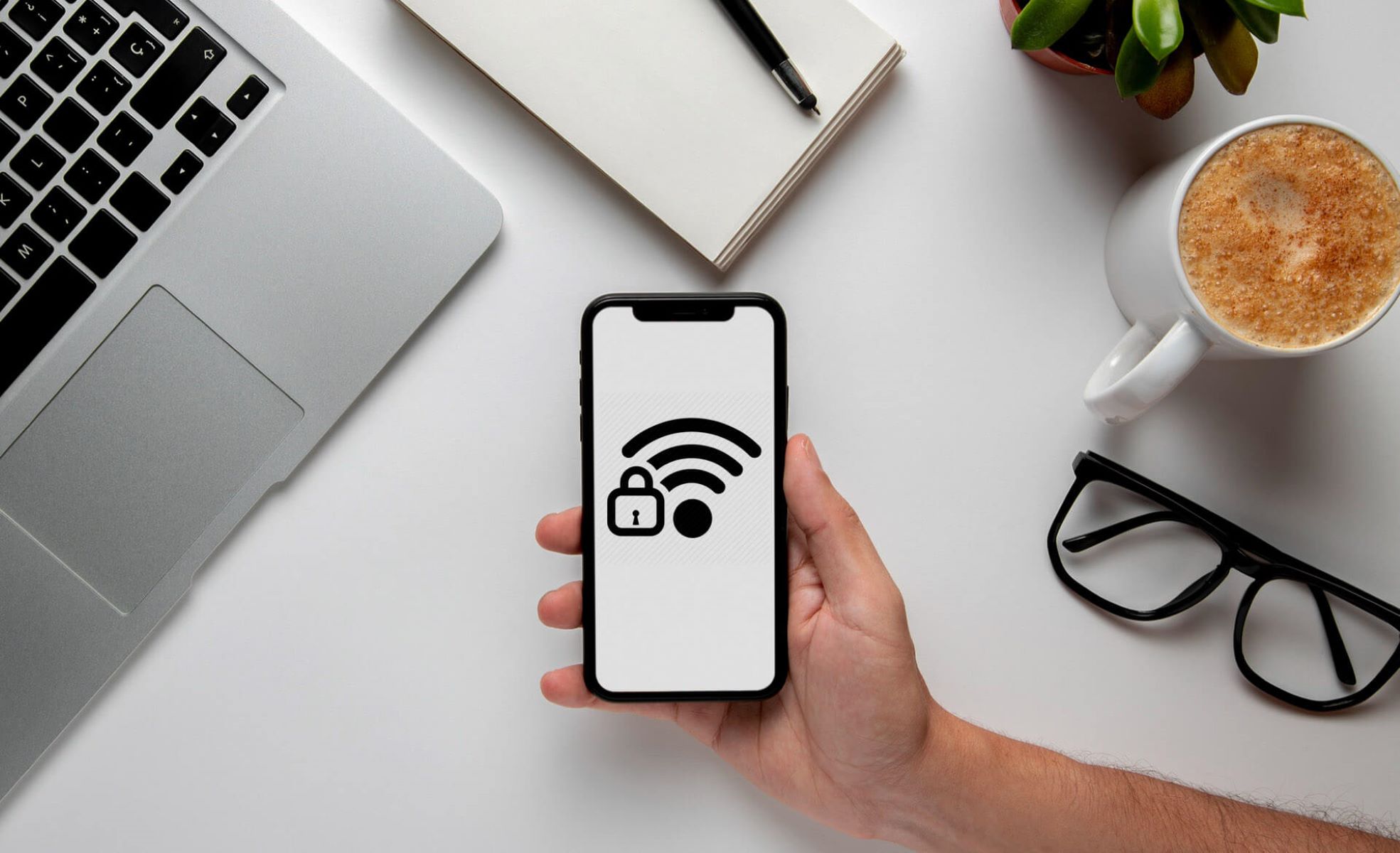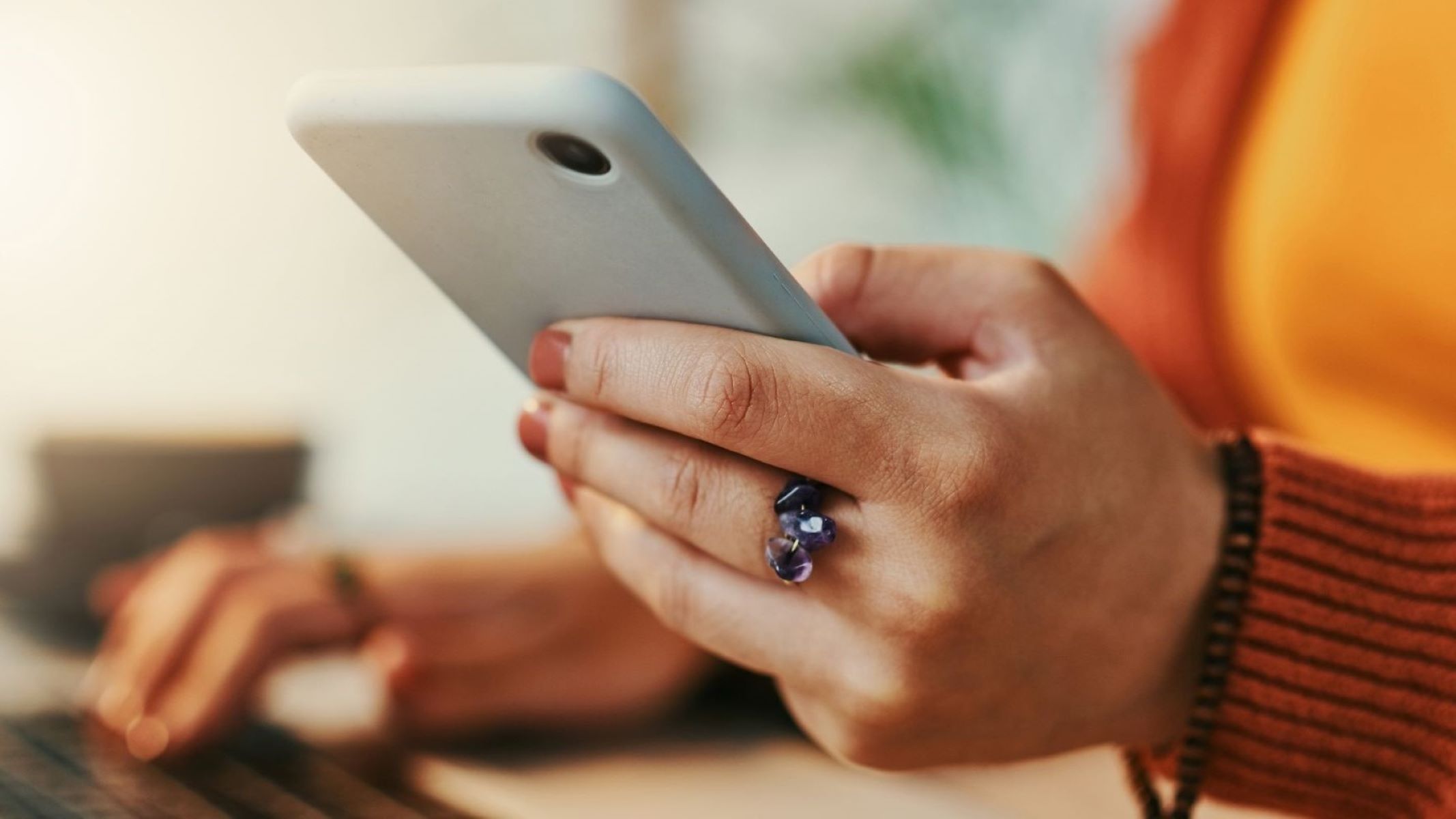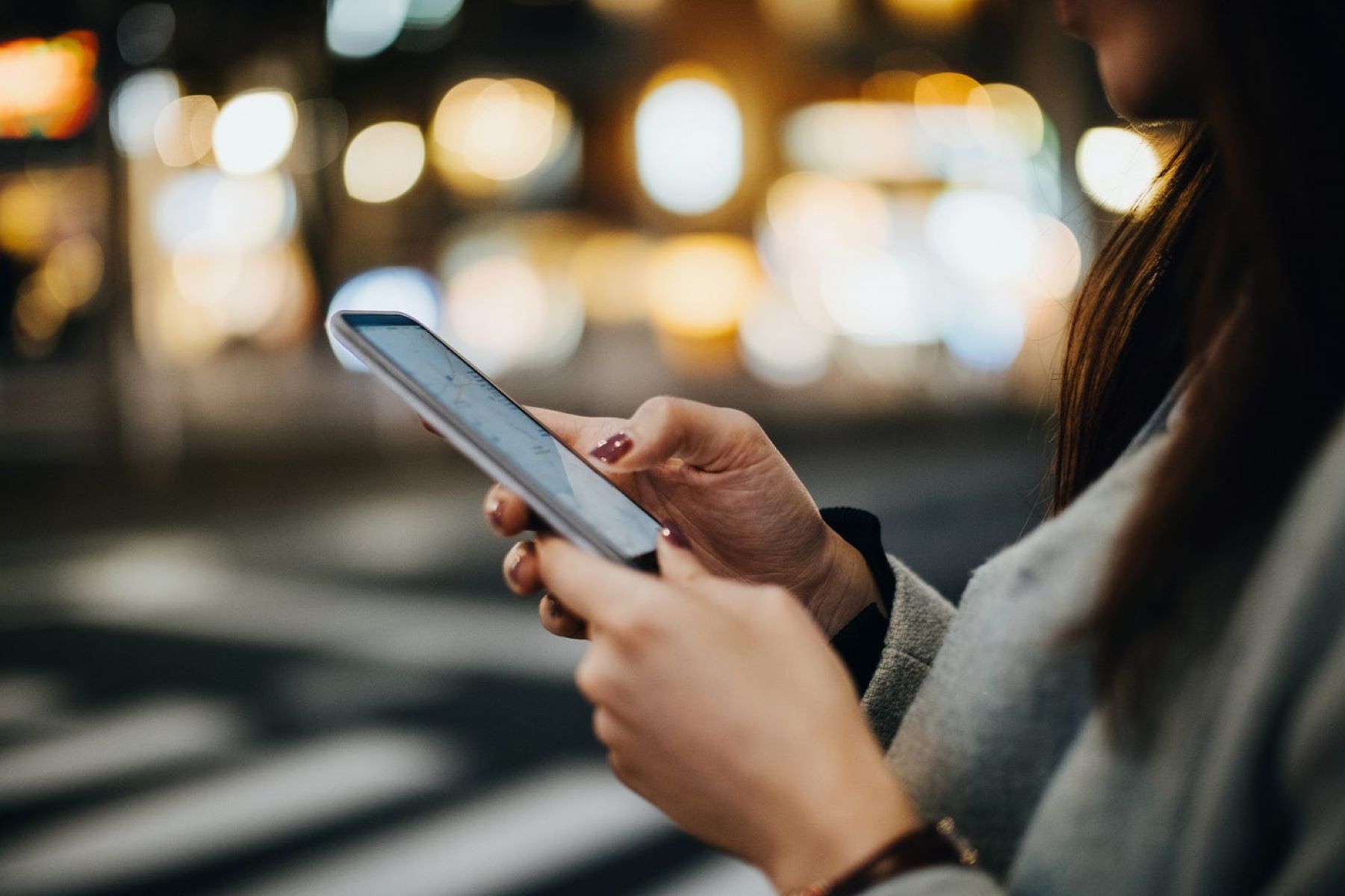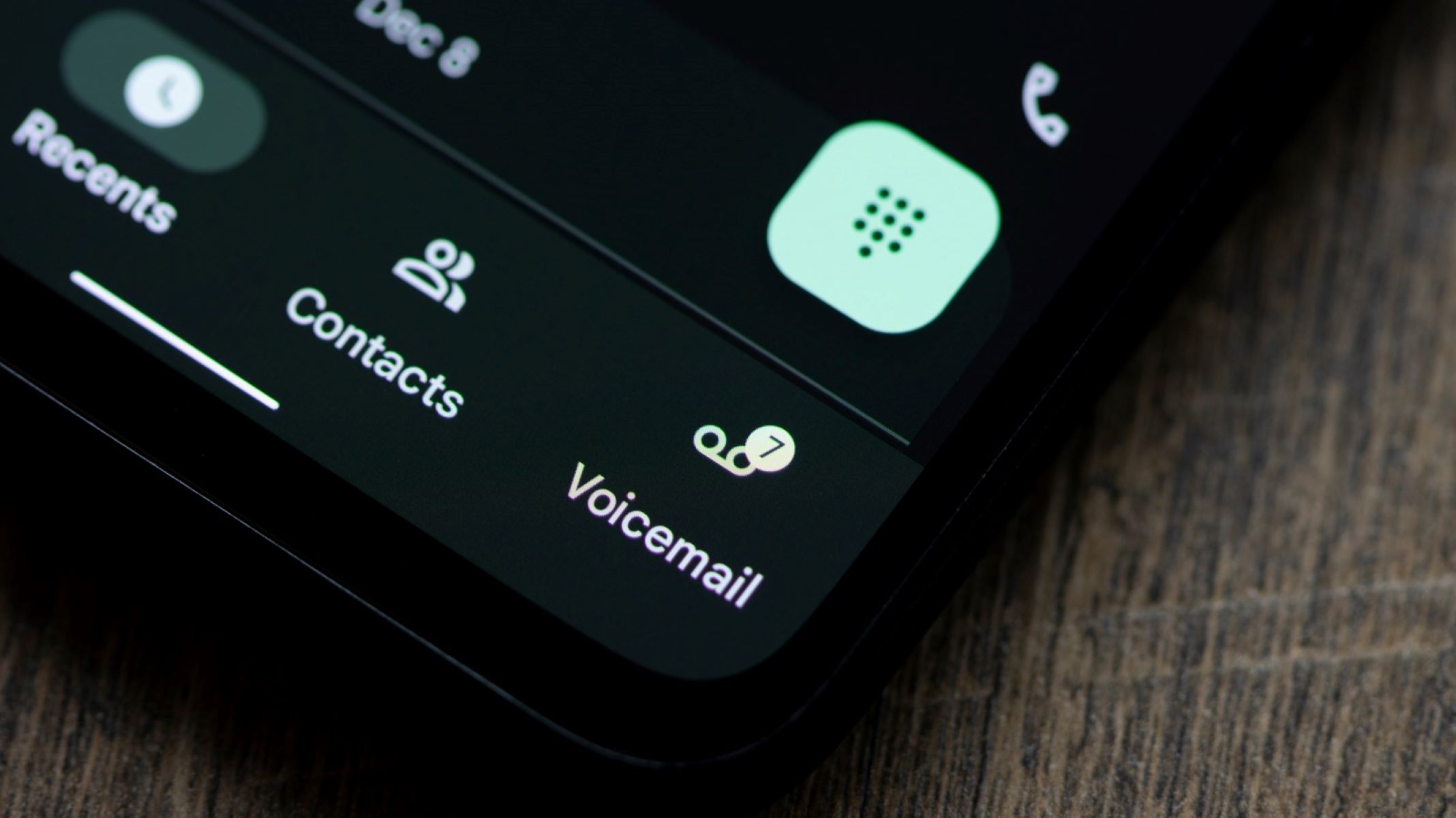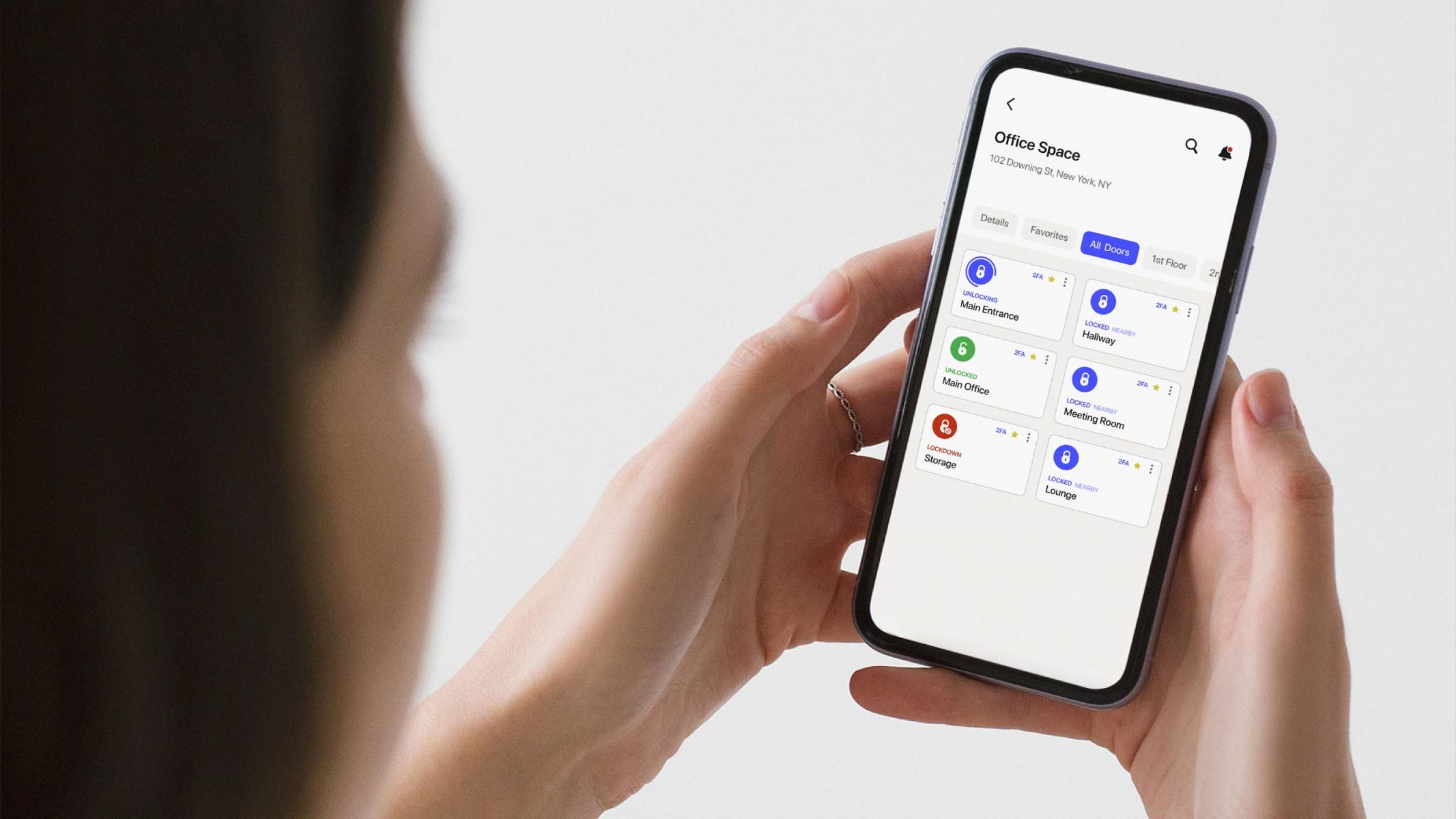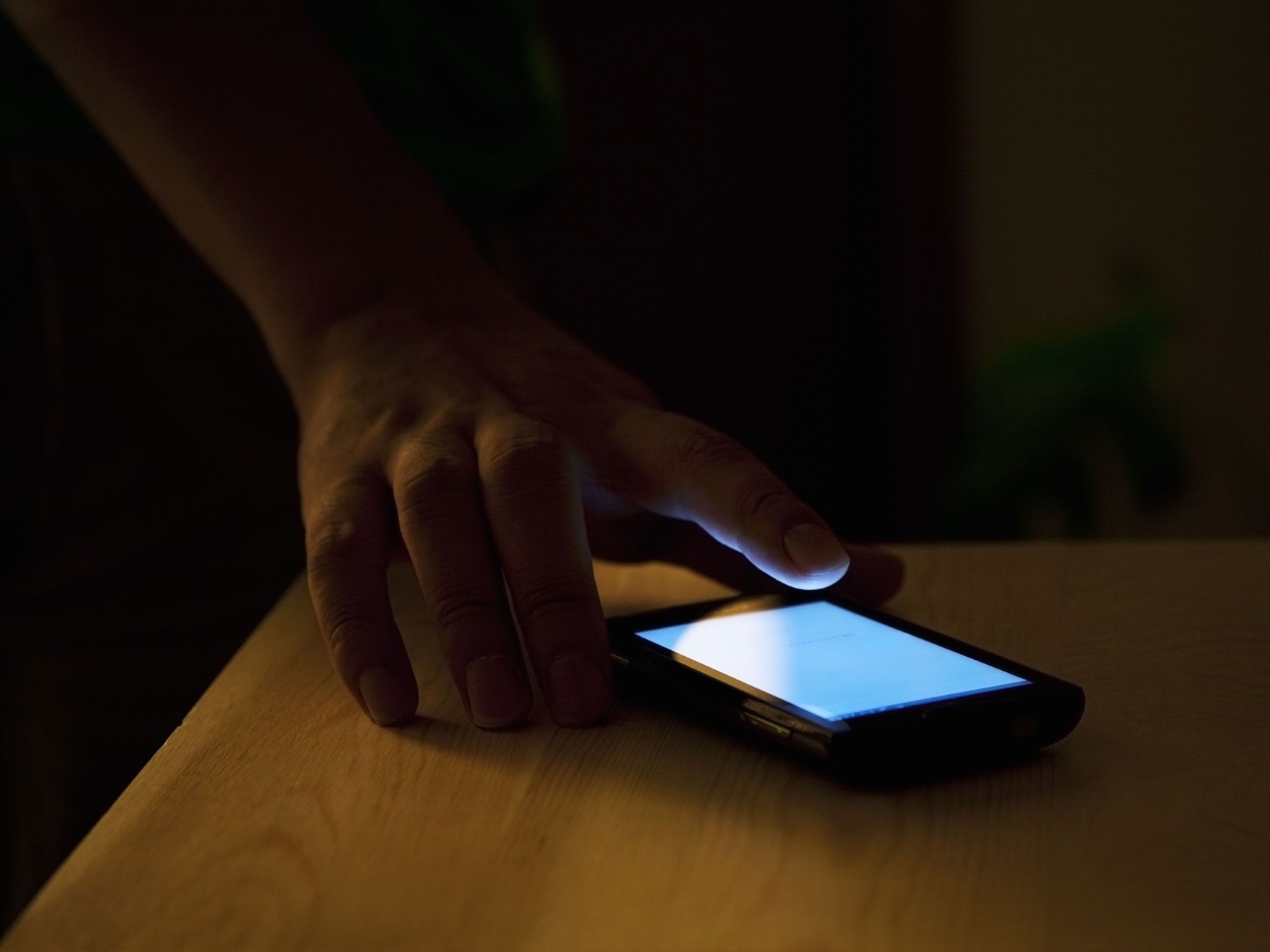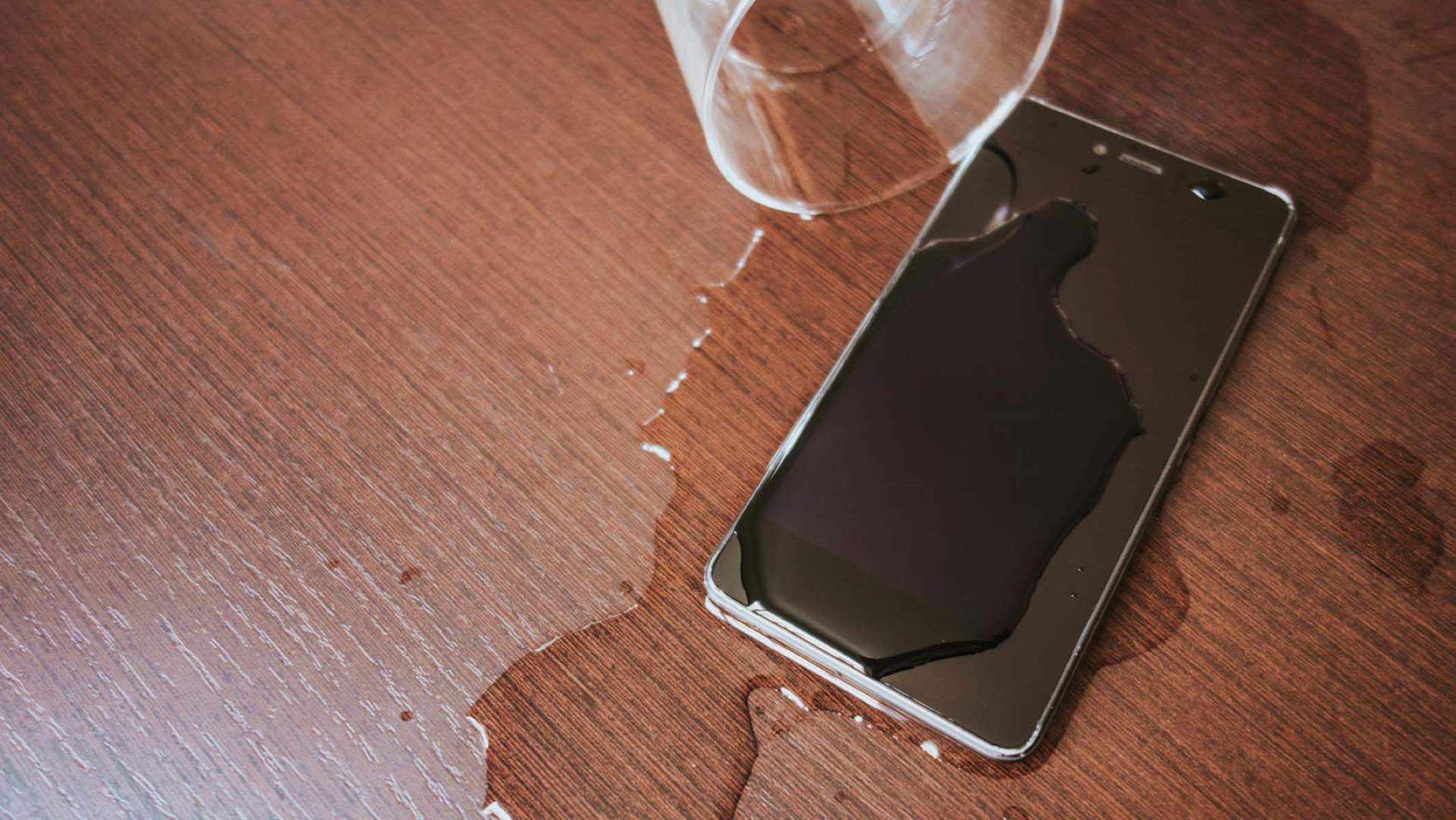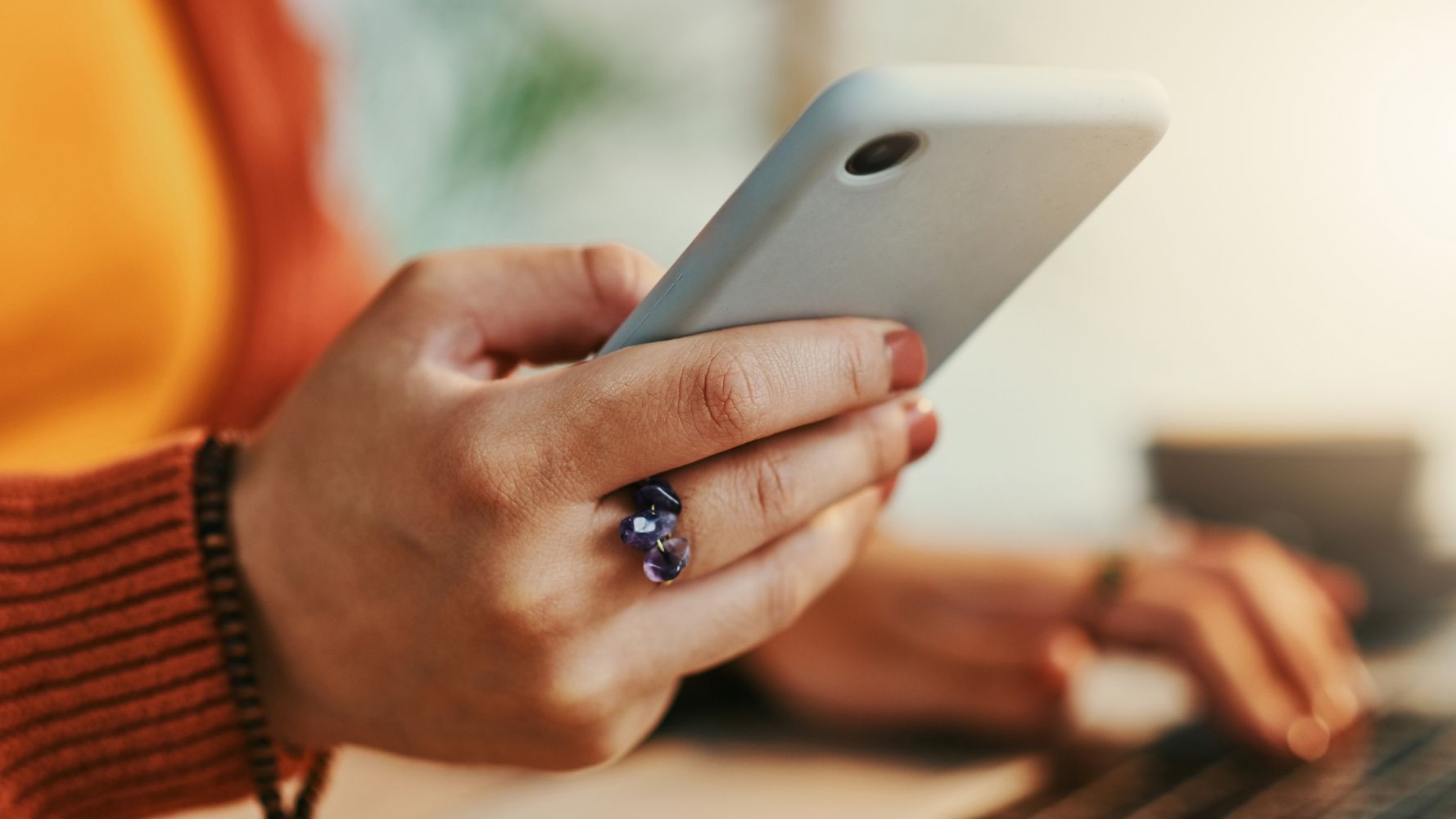Home>Education>Teachers’ Authority To Confiscate Phones For Classroom Distractions
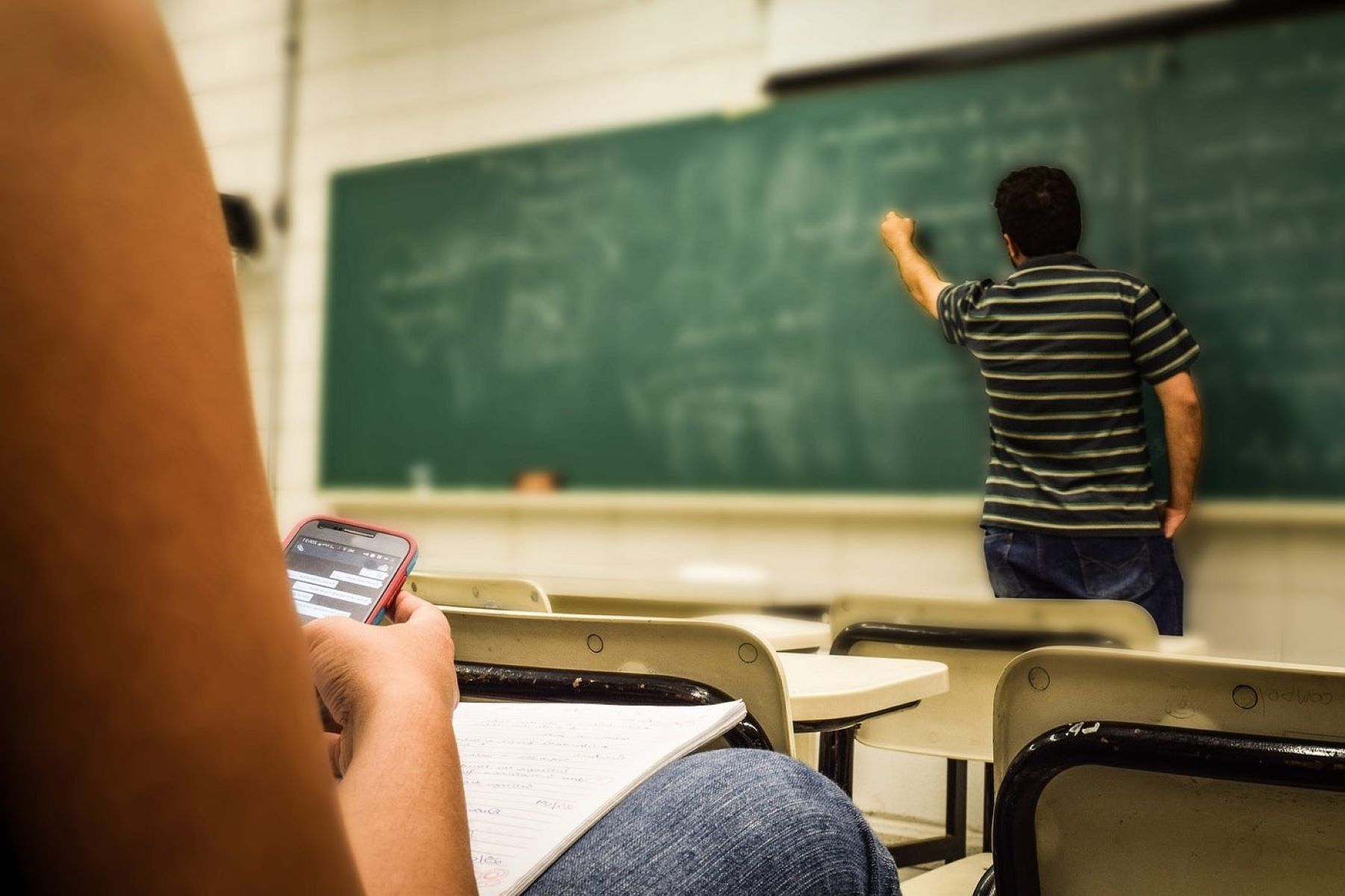

Education
Teachers’ Authority To Confiscate Phones For Classroom Distractions
Published: February 21, 2024
Discover the impact of teachers confiscating phones for classroom distractions. Learn how this practice shapes education and student behavior. Explore the benefits and drawbacks.
(Many of the links in this article redirect to a specific reviewed product. Your purchase of these products through affiliate links helps to generate commission for Regretless.com, at no extra cost. Learn more)
Table of Contents
Introduction
In today's digital age, the pervasive presence of cell phones has significantly impacted various aspects of our lives, including the educational landscape. The use of cell phones in classrooms has sparked debates among educators, parents, and policymakers, raising concerns about its potential to disrupt the learning environment. As a result, teachers are increasingly grappling with the challenge of managing cell phone use to maintain a focused and productive learning atmosphere.
The ubiquitous nature of smartphones and their myriad functionalities has transformed them into powerful tools for communication, information access, and entertainment. While these capabilities offer undeniable benefits, they also present a double-edged sword within the educational setting. On one hand, students can leverage their devices for research, educational apps, and collaborative learning. On the other hand, the allure of social media, messaging, and gaming can easily divert their attention from the lesson at hand, leading to distractions and diminished academic engagement.
As educators strive to cultivate an environment conducive to learning, the issue of cell phone use has become a focal point of concern. The potential disruptions caused by unchecked phone usage can impede the flow of instruction, hinder student participation, and compromise the overall quality of education. Consequently, teachers are increasingly seeking effective strategies to address this challenge while balancing the need to harness technology for educational purposes.
In light of these considerations, it is essential to explore the legal and policy dimensions surrounding teachers' authority to manage cell phone use in the classroom. By understanding the rights and responsibilities inherent in this context, educators can navigate this complex terrain with confidence and clarity. Moreover, the implementation of proactive measures and guidelines can help foster a harmonious learning environment where technology serves as a valuable asset rather than a disruptive force.
As we delve into the multifaceted aspects of cell phone use in the classroom, it is crucial to examine the impact, legal considerations, school policies, and effective strategies for managing this prevalent issue. By doing so, educators can equip themselves with the knowledge and tools necessary to navigate the evolving dynamics of technology in education, ultimately fostering a more focused and enriching learning experience for students.
The Impact of Cell Phone Use in the Classroom
The widespread use of cell phones among students has undeniably reshaped the dynamics of the modern classroom. While these devices offer unparalleled access to information and communication, their presence can exert a profound influence on the learning environment. One of the most significant impacts of cell phone use in the classroom is the potential for distraction. The allure of social media, messaging apps, and online entertainment can divert students' attention, leading to decreased focus on instructional content and diminished engagement in learning activities.
Moreover, the pervasive nature of cell phones has the potential to disrupt the flow of instruction and impede the overall learning process. Constant notifications, incoming calls, and the temptation to surreptitiously check messages during class can create interruptions that undermine the continuity of lessons. This not only affects the individual student's learning experience but also has the potential to disrupt the entire class, leading to a loss of valuable instructional time.
Furthermore, the use of cell phones in the classroom can impact students' social dynamics and interpersonal interactions. Excessive reliance on digital communication may erode face-to-face communication skills and hinder the development of meaningful peer relationships. Additionally, the temptation to engage in unauthorized activities on their devices can lead to breaches of academic integrity, such as cheating or unauthorized sharing of information during assessments.
On the flip side, it is important to acknowledge that cell phones also offer valuable educational opportunities. When used purposefully, these devices can serve as powerful tools for research, accessing educational apps, and facilitating collaborative learning experiences. They can provide instant access to a wealth of information, enabling students to explore diverse perspectives and deepen their understanding of academic concepts.
In essence, the impact of cell phone use in the classroom is multifaceted, encompassing both potential benefits and challenges. As educators navigate this terrain, it is essential to strike a balance that harnesses the educational potential of technology while mitigating its disruptive effects. By understanding the nuanced impact of cell phone use, teachers can implement targeted strategies to foster a focused and productive learning environment, ultimately maximizing the educational benefits of technology while minimizing its drawbacks.
Legal Considerations for Teachers' Authority
In the realm of managing cell phone use in the classroom, teachers' authority is underpinned by a set of legal considerations that delineate the boundaries and scope of their jurisdiction. Understanding the legal framework surrounding this issue is crucial for educators to effectively navigate the complexities of regulating technology in the educational setting.
First and foremost, it is essential to recognize that teachers possess the authority to establish and enforce rules within their classrooms, including guidelines pertaining to cell phone use. This authority is rooted in the concept of in loco parentis, which grants educators the responsibility to act in the best interests of their students while they are under their supervision. As such, teachers have the legal right to implement policies that promote a conducive learning environment, which may encompass regulations regarding cell phone usage.
Moreover, the legal principle of maintaining order and discipline within the educational setting empowers teachers to take reasonable measures to address disruptions caused by cell phone use. This includes the authority to confiscate cell phones when they are being used in violation of established classroom rules. However, it is imperative that such measures are proportionate and aligned with school policies to ensure that students' rights are respected.
Additionally, the legal landscape governing student privacy and search and seizure rights must be carefully considered when addressing cell phone use in the classroom. While teachers have the authority to confiscate phones used in violation of school policies, they must adhere to legal standards regarding search and seizure. This entails exercising prudence and ensuring that any search of the confiscated device is conducted in accordance with applicable laws and school policies.
Furthermore, educators must be cognizant of the legal implications of confiscating and temporarily holding students' cell phones. It is essential to adhere to school policies regarding the storage and return of confiscated items, ensuring transparency and accountability in the handling of confiscated devices.
In essence, teachers' authority to manage cell phone use in the classroom is grounded in legal principles that uphold the maintenance of a conducive learning environment while respecting students' rights. By navigating these legal considerations with diligence and prudence, educators can effectively exercise their authority in regulating cell phone use, thereby fostering an environment that prioritizes focused learning and academic engagement.
School Policies and Guidelines
School policies and guidelines play a pivotal role in shaping the parameters within which educators manage cell phone use in the classroom. These institutional directives provide a framework that delineates the expectations, rights, and responsibilities of both students and teachers regarding the presence and utilization of cell phones during instructional hours.
At the outset, school policies regarding cell phone use typically outline the permissible and prohibited instances of phone usage within the educational setting. These guidelines serve as a roadmap for educators to establish clear boundaries and expectations for students, ensuring that the parameters of acceptable phone usage are unequivocally defined. By articulating specific scenarios where cell phone use is permissible, such as designated break times or educational activities that necessitate device utilization, these policies provide clarity and structure, thereby minimizing ambiguity and potential conflicts.
Moreover, school policies often address the consequences of violating cell phone regulations, including the authority of teachers to confiscate devices used in contravention of established guidelines. By delineating the repercussions of non-compliance, these policies underscore the importance of adherence to established rules, thereby reinforcing the significance of maintaining a focused and respectful learning environment.
In addition to addressing the punitive aspects of cell phone use, school policies may also encompass provisions for leveraging technology as an educational tool. This may include guidelines for integrating cell phones into instructional activities, promoting responsible and purposeful use that aligns with educational objectives. By acknowledging the educational potential of cell phones, these policies underscore the importance of harnessing technology as a facilitator of learning, provided that its utilization is aligned with academic goals and conducted in a respectful manner.
Furthermore, school policies and guidelines often outline the procedures for confiscation, storage, and return of confiscated devices, ensuring transparency and consistency in the handling of such instances. By establishing clear protocols for the temporary retention and subsequent return of confiscated phones, these guidelines promote fairness and accountability, mitigating potential disputes and misunderstandings.
In essence, school policies and guidelines serve as a cornerstone for educators in managing cell phone use in the classroom. By providing a structured framework that delineates permissible usage, consequences of non-compliance, and provisions for leveraging technology for educational purposes, these directives empower teachers to navigate the complexities of regulating cell phone use with clarity and consistency, ultimately fostering a focused and conducive learning environment.
Strategies for Managing Cell Phone Use in the Classroom
Effectively managing cell phone use in the classroom necessitates the implementation of targeted strategies that strike a balance between leveraging technology for educational purposes and mitigating potential distractions. By employing proactive measures and fostering a culture of responsible device usage, educators can cultivate a focused and conducive learning environment. Here are several strategies for managing cell phone use in the classroom:
-
Establish Clear Expectations: Communicate clear and explicit guidelines regarding cell phone use to students at the beginning of the academic year. Clearly outline permissible instances of phone usage, such as designated break times, and articulate the consequences of non-compliance with established rules. By setting clear expectations, educators provide students with a framework for responsible device usage, minimizing ambiguity and potential conflicts.
-
Utilize Technology for Learning: Encourage the purposeful integration of cell phones into instructional activities that align with academic objectives. Leverage educational apps, online resources, and collaborative platforms to harness the educational potential of cell phones. By incorporating technology into the learning process, educators can demonstrate the value of responsible device usage while enriching the educational experience.
-
Designate Device-Free Zones: Establish specific areas within the classroom where cell phone usage is prohibited, such as during direct instruction or assessments. By delineating device-free zones, educators create focused learning environments that minimize potential distractions and promote active student engagement.
-
Implement a Cell Phone Parking System: Introduce a designated storage system, such as a caddy or shelf, where students can securely store their phones during instructional periods. This approach allows students to access their devices during designated times while minimizing the temptation for unauthorized usage during class.
-
Utilize Positive Reinforcement: Recognize and reward responsible cell phone usage. Acknowledge students who demonstrate respectful and purposeful device usage, fostering a culture of responsible technology integration while reinforcing the importance of adhering to established guidelines.
-
Engage in Ongoing Dialogue: Foster open communication with students regarding the responsible use of cell phones. Encourage discussions about the benefits and challenges of technology in the classroom, soliciting students' perspectives and insights. By engaging in ongoing dialogue, educators can cultivate a shared understanding of the importance of responsible device usage.
By implementing these strategies, educators can effectively navigate the complexities of managing cell phone use in the classroom, ultimately fostering a learning environment that prioritizes focused engagement and academic excellence.
Conclusion
In conclusion, the pervasive presence of cell phones in classrooms has undeniably reshaped the educational landscape, presenting both opportunities and challenges for educators. The impact of cell phone use encompasses a spectrum of influences, ranging from potential distractions and disruptions to the valuable educational potential offered by these devices. As educators navigate this complex terrain, it is essential to recognize the legal considerations that underpin their authority to manage cell phone use, ensuring that measures taken align with established policies and respect students' rights.
School policies and guidelines serve as crucial navigational tools, providing educators with a structured framework to regulate cell phone use while promoting responsible device usage. By establishing clear expectations, delineating consequences of non-compliance, and acknowledging the educational potential of technology, these directives empower teachers to foster a focused and conducive learning environment.
Moreover, the implementation of targeted strategies is instrumental in effectively managing cell phone use in the classroom. By establishing clear expectations, leveraging technology for learning, designating device-free zones, implementing storage systems, utilizing positive reinforcement, and engaging in ongoing dialogue, educators can cultivate a culture of responsible device usage while minimizing potential disruptions.
As educators strive to strike a balance between harnessing the educational potential of technology and mitigating its disruptive effects, the multifaceted nature of cell phone use in the classroom underscores the importance of proactive and nuanced approaches. By navigating the legal landscape with diligence, leveraging institutional policies, and implementing targeted strategies, educators can foster an environment that prioritizes focused engagement, academic excellence, and responsible technology integration.
In essence, the management of cell phone use in the classroom is a dynamic and evolving endeavor that requires a thoughtful and balanced approach. By leveraging legal authority, institutional directives, and proactive strategies, educators can navigate this terrain with clarity and purpose, ultimately fostering a learning environment where technology serves as a valuable asset in the pursuit of academic growth and excellence.


